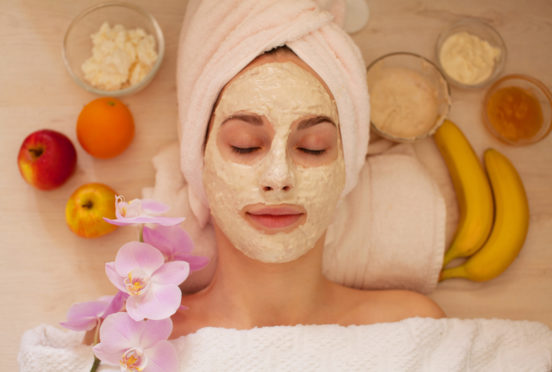The lockdown has made many of us conscious of how much food we normally waste, with numerous articles popping up to guide us through making the most of our leftovers.
From banana bread made with the fruit’s skin to orange peel muffins, there’s a lot you can do with what appears to be waste products – but did you know that as well as edible treats, you can also make your own beauty treatments?
As far back as the Stone Age people have used plant and animal products to improve their appearance, whether it’s to slow down the ageing process, better their health or paint their face and body.
In the past these would have been very basic concoctions, which gradually evolved into the complex lotions and potions, mass produced in factories, that we have today.
But many consumers are now becoming disillusioned with the high prices, unethical manufacturing practices and long lists of artificial chemical ingredients in some modern cosmetics.
Many are choosing to get back to nature by buying organic products or making their own at home, where they have control over exactly what goes into the mix.
And the beauty – pardon the pun – of home-made treatments is that unless you have a specific allergy, you can use pretty much any combination of ingredients without worrying about adverse effects.
Fruit and vegetable skins in particular make a good base for beauty products due to their high concentration of vitamins, minerals and antioxidants. Using them up means you can keep the best part for eating, while getting your money’s worth by not wasting any part of your fresh produce.
Eggs, yoghurt and almond milk are also good additions as they contain protein and good fats, as well as adding a creamy consistency to products.
Here are five simple home-made beauty ideas to get you started…
Avocado and cucumber exfoliator
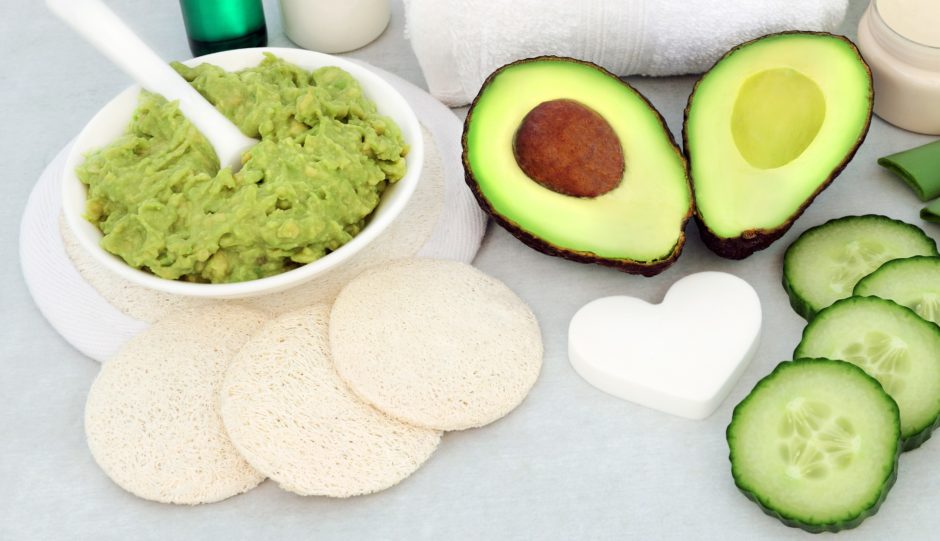
The flesh directly below the avocado skin is high in potassium, healthy fat, antioxidants and vitamins B12 and E, but is often cut away and binned when we peel the fruit. The skin itself isn’t suitable for eating as it tastes bitter, but its rough texture means it has fantastic exfoliating properties when blended.
Meanwhile, cucumber peel contains vitamin C and has a cooling, calming effect on the skin. When mixed together, the two make a perfect facial exfoliator.
For one portion, blend peel from one avocado and half a cucumber with 1/3 cupful of almond milk or natural yoghurt. Apply to the face in gentle, circular motions and rinse off with warm water.
Orange and sugar body scrub
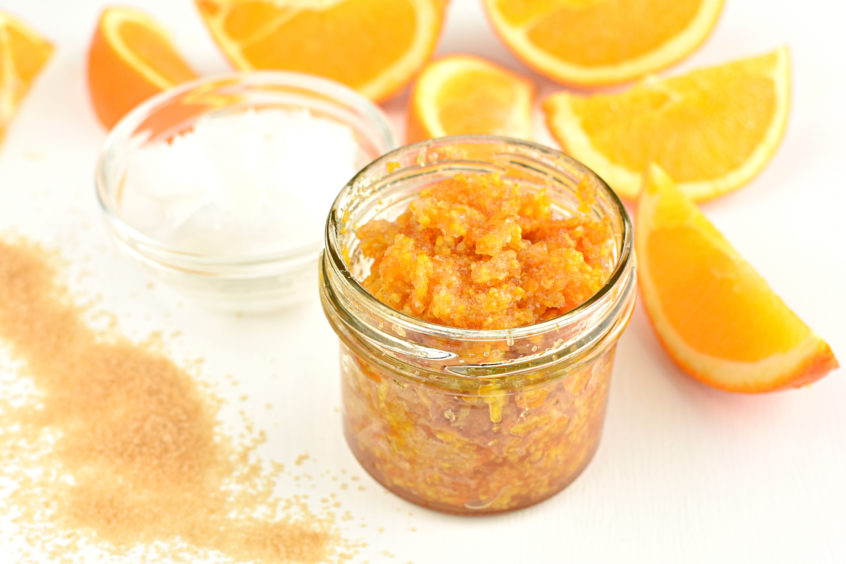
Despite not being very appealing to eat, it’s been claimed that orange peel may actually be healthier than the rest of the fruit. Among other nutrients, orange peel contains high amounts of pro-vitamin A, folate, riboflavin, thiamine, vitamin B6, and calcium. Oh, and it smells amazing!
For a refreshing body scrub that will nourish your skin, blend the peel from two oranges with 1/3 cupful of almond milk or natural yoghurt (or water), plus two tbsp of sugar (preferably brown, but white will do too). Apply with your hands or a sponge, before using your usual shower gel.
Banana hair and face mask
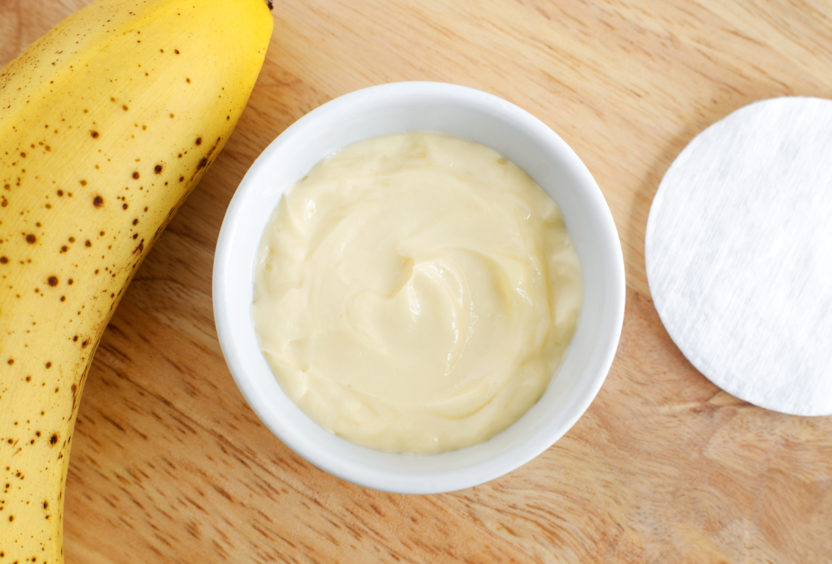
Banana peel contains high amounts of vitamin B6 and B12, as well as magnesium, potassium and protein. For skin and hair, it has great moisturising properties due to its anti-microbial properties, which can help reduce skin irritation on the face and scalp.
Simply cut the skin from one banana into quarters and blend with 1/3 cupful of almond milk or water, adding a tsp of coconut oil if you have it.
Be aware that the mixture may turn brown if left to sit for more than ten minutes, even if you use fresh, yellow peel. It will still smell lovely though, and the nutrients will still be there. Apply to face and hair after they’ve been washed and leave for five to 10 minutes, rinsing with warm water afterwards.
Pineapple and apple foot scrub
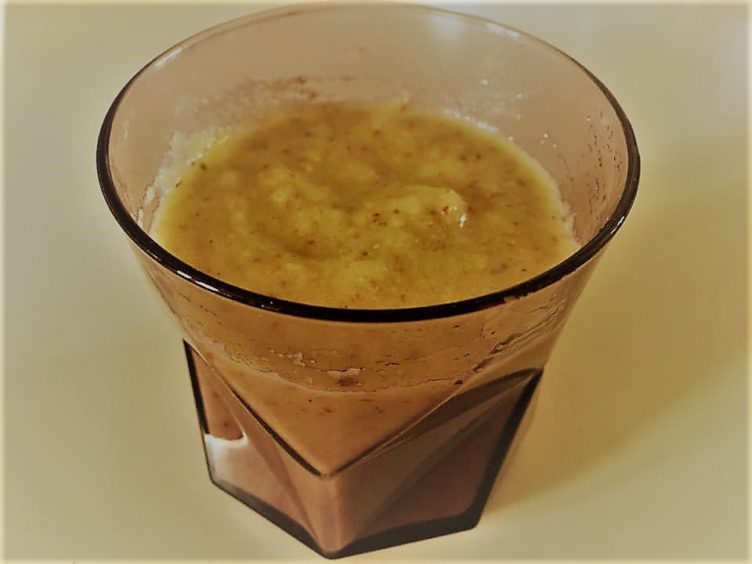
We all know that pineapple makes for a great pina colada, but we tend to throw away the skin without a second thought. This is a mistake, as it is high in bromelain, which can break down and sweep away dead skin cells, making it the perfect ingredient for a foot scrub. Apple peel, meanwhile, contains vitamin K, A and C, which are all great for the skin.
Blend the ends from each side of a pineapple fruit (or the skin from two slices) with peel and/or the core from one apple (remove the seeds), together with 1/3 cupful of water, orange juice or yoghurt. Then give your tootsies a summery-smelling treat!
Egg and honey conditioner
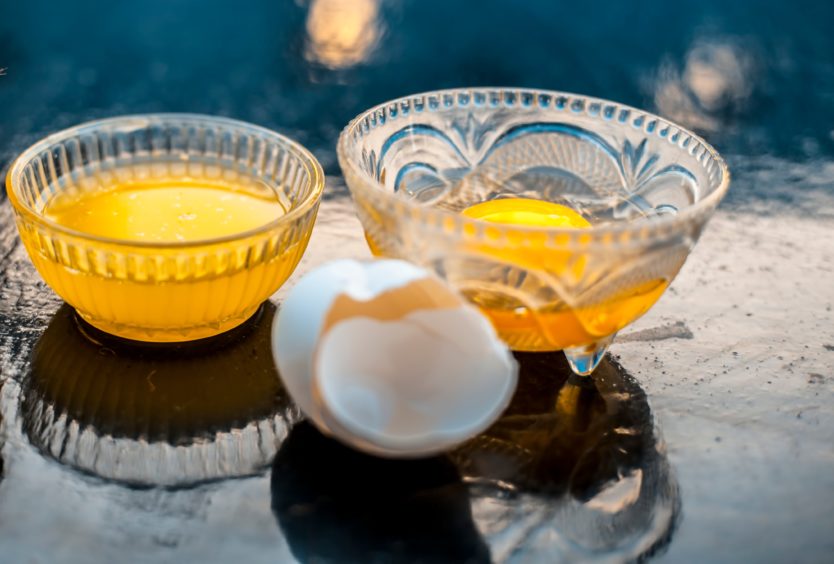
Do you ever look in your fridge to find one or two eggs sitting forgotten in their cartons, already a few days past their best before date? A “best before” differs from a “use by” date in that it doesn’t mean the product has gone bad after the date has passed – but it may taste different or have a different texture.
You can still eat eggs a few days after their best before date, but if you’re nervous about doing so, you can use them to make your own hair conditioner. Always check that the egg smells fine first.
Many commercial hair products actually contain extracts from eggs, advertising this as a benefit. That’s because eggs help keep hair thick and healthy due to their high contents of vitamins A and E, biotin, folate and healthy fats found in the yolk, which smooths and moisturises even the driest of tresses.
Honey contains emollients, which smooth the hair follicles, adding shine to dull hair, and humectants that help retain moisture.
Simply mix one egg with a teaspoon of honey and whisk until you get a smooth, creamy mixture. Apply to the roots and ends of hair after shampooing, then rinse.
Use the entire egg for normal hair, egg-whites only for greasy hair and egg yolks for dry, brittle hair.
